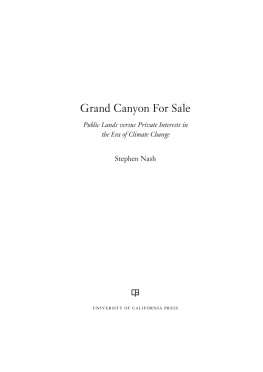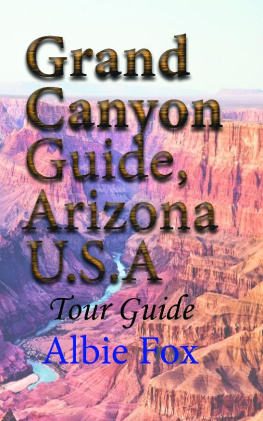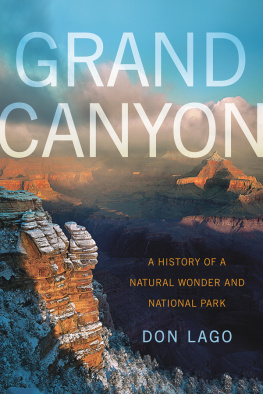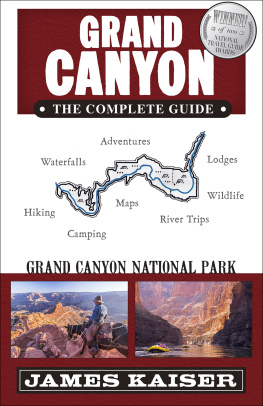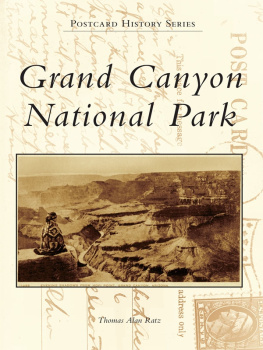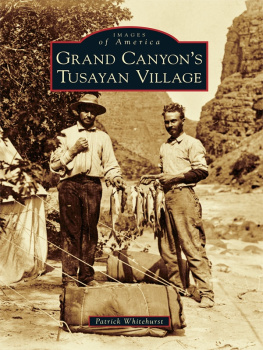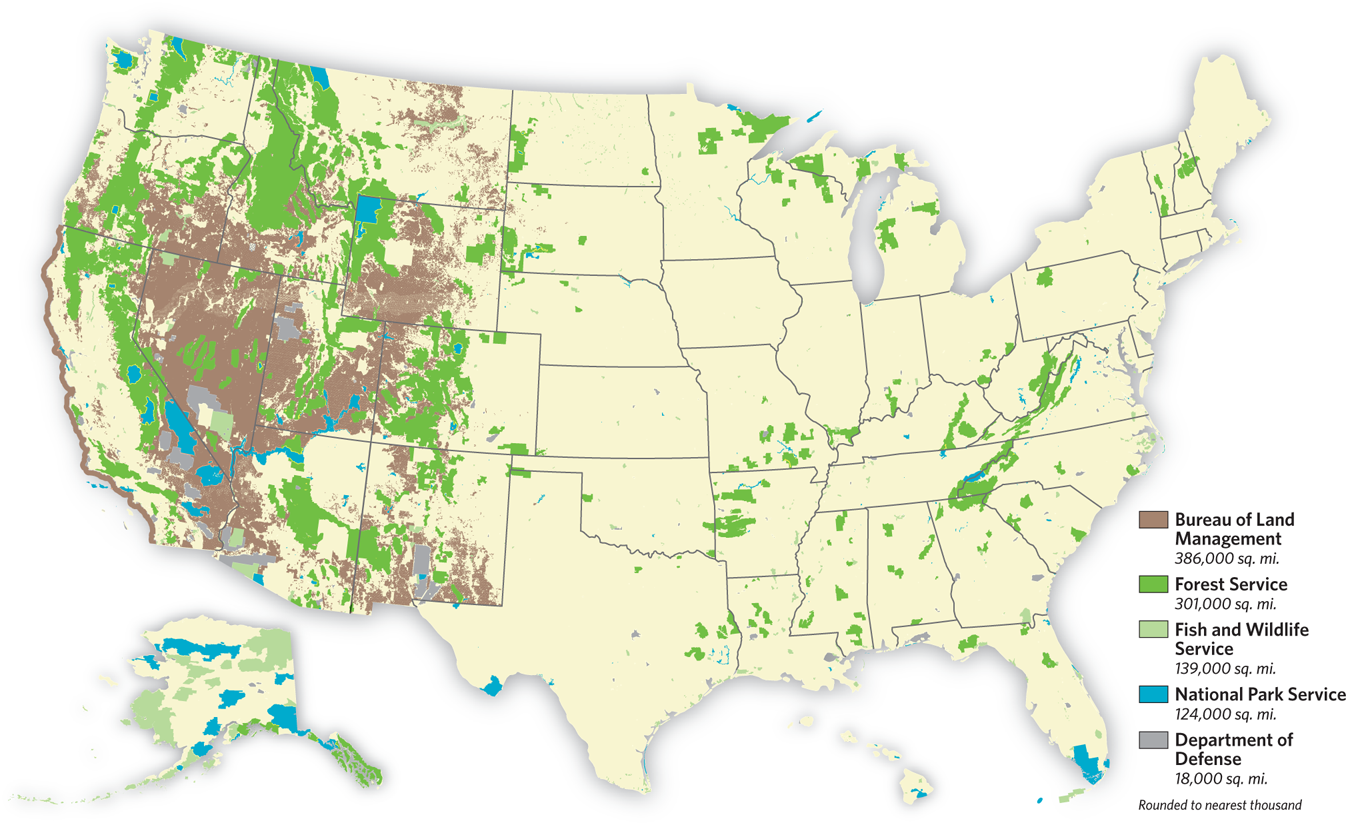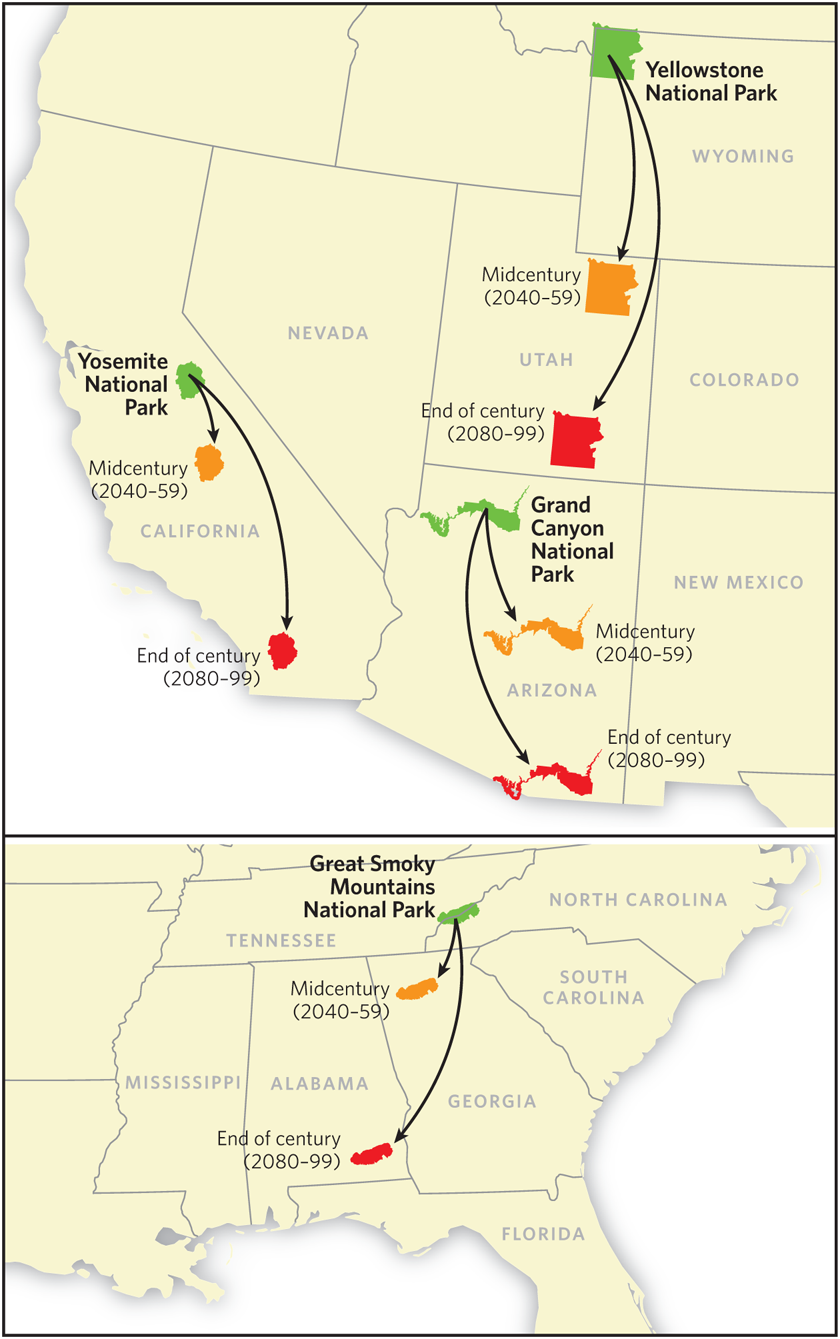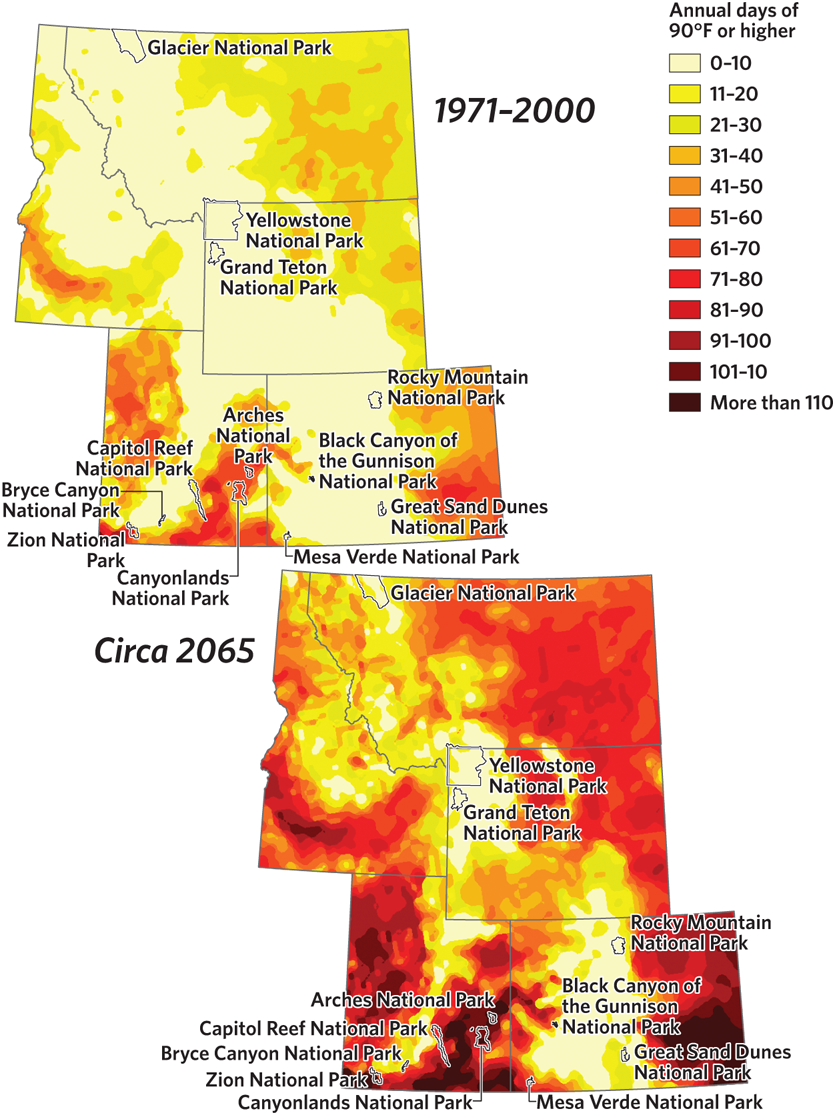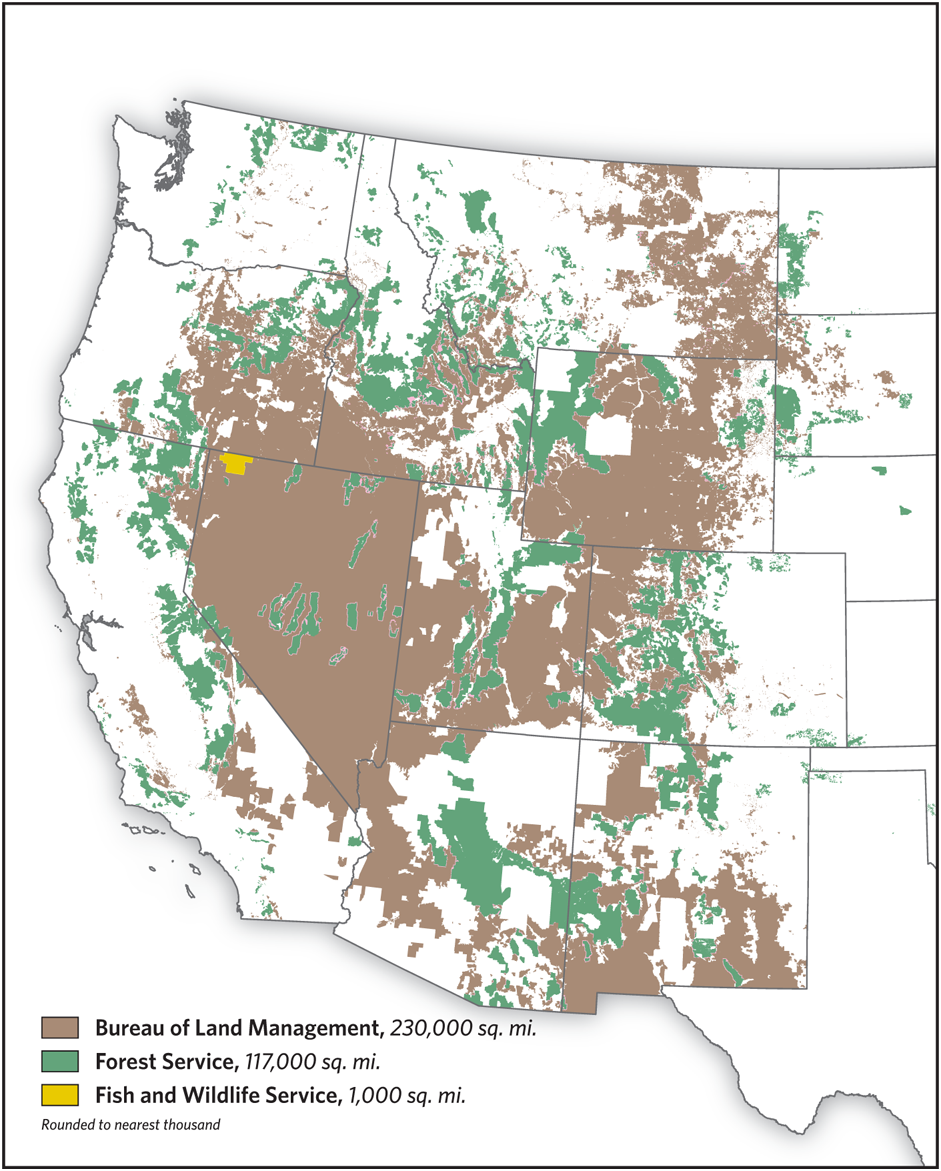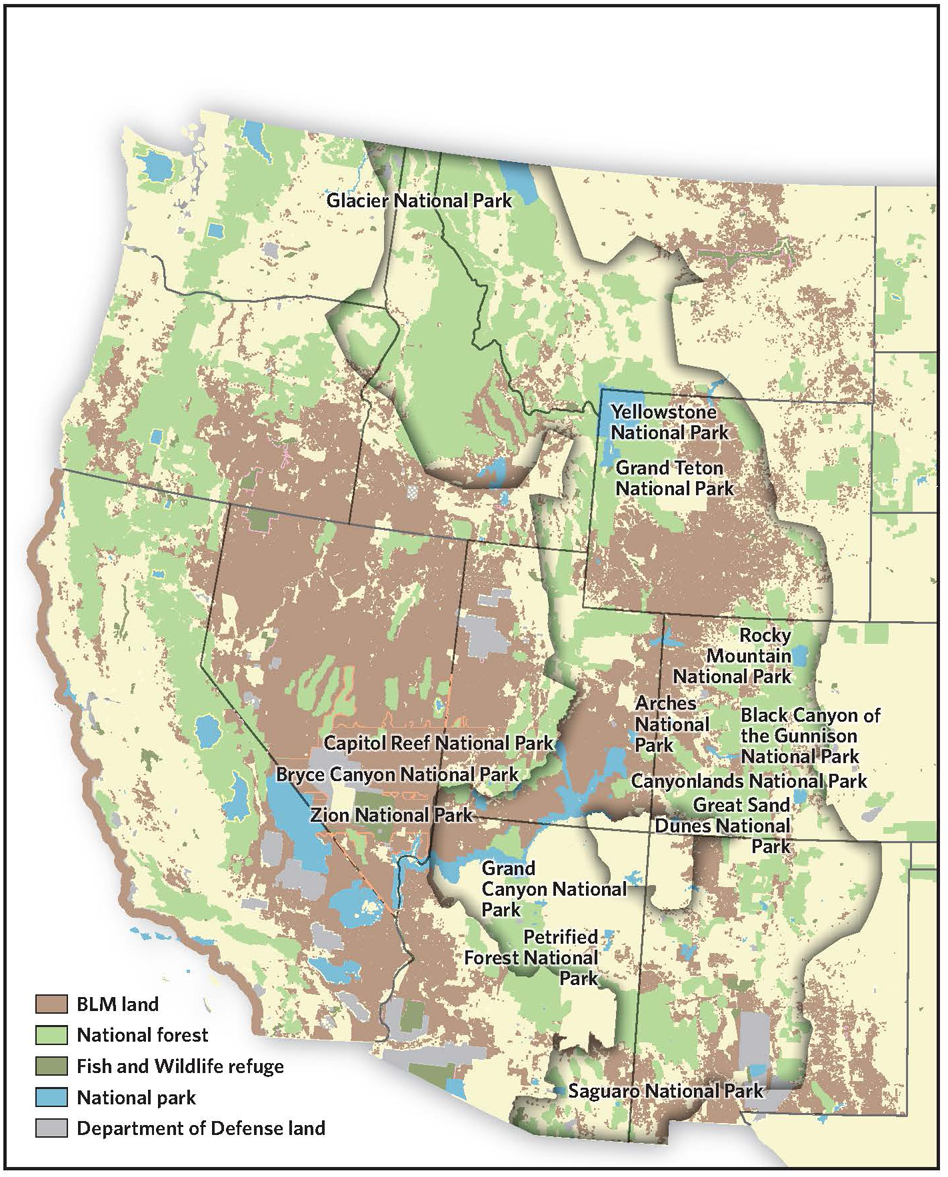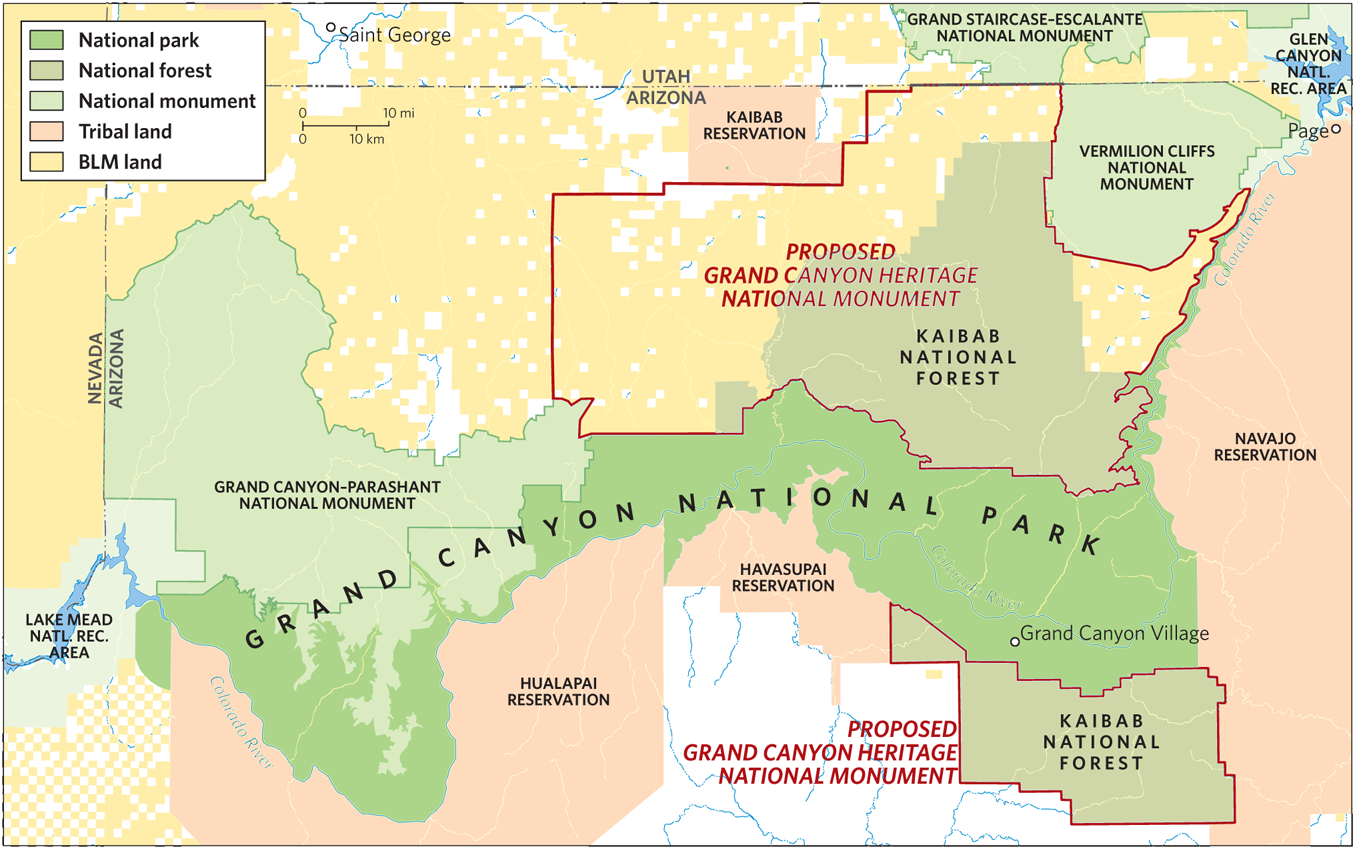ACKNOWLEDGMENTS
Abundant thanks to all those whose names appear in the Sources pages near the end of this book. Many of them patiently endured long strings of questions that were at times repetitive and ill-formed.
Some on that list were especially generous with time, information, and insights. They merit special thanks: Debra Donahue, professor, College of Law, University of Wyoming; Martha Hahn, former chief of science administration and resource management, Grand Canyon National Park; David Uberuaga, former superintendent, Grand Canyon National Park; Roger Clark, program director, Grand Canyon Trust; Peter Lattin, former contractor for the Bureau of Land Management; Lori Makarick, vegetation program manager, Grand Canyon National Park; Ken McMullen, former program manager, Grand Canyon National Park, retired; James Nations, former director, Center for Park Research, National Parks Conservation Association; Bruce Sheaffer, comptroller, National Park Service; and Beverly Stephens, special assistant to the comptroller, National Park Service.
I am indebted, too, to Chris Zganjar of The Nature Conservancy and Katharine Hayhoe and Sharmistha Swain of Texas Tech for their projections of regional climate change and national parks; the graphics guru Scott Zillmer of Mapping Specialists (now at National Geographic); and the journalists Vickery Eckhoff and Paul Rogers for their revelations about who really controls federal grazing land.
Biggest thanks to my wife, Linda, who brought an endless supply of patience and affectionate support to this project, along with her indispensable editorial eye and ear. Im an exceedingly fortunate author, and husband.
In a business as usual scenario, in which greenhouse-gas emissions continue to accumulate along current trend lines, national parks will effectively move to hotter, more southerly latitudes as the Earth warms. Chris Zganjar, The Nature Conservancy.
On average Grand Canyon National Parks South Rim saw 61 days a year of temperatures 90 degrees Fahrenheit and above from 1971 to 2000. That number is projected to increase, on average, to 110 days a year by around 2065if greenhouse-gas emissions continue to gather over the planet on a business as usual path and global temperatures surge to more than 5.4 degrees over historical averages. This map shows similar comparisons for national parks to the north of Grand Canyon. Map by Katharine Hayhoe and Sharmistha Swain, Texas Tech University.
BLM range-health records are inconsistent and incomplete. This map shows an approximation, using BLM sampling data, of where grazing damage has occurred. See chapter 8 and endnotes for limitations on the maps accuracy.
To aid in their survival, plants and animals will need protected lands through which they can migrate as climate change proceeds. This is one outline, proposed by the nonprofit Wildlands Network, for how public lands might be consolidated.
CHAPTER ONE
Brink
I hope that you will not... mar the wonderful grandeur, the sublimity, the great loneliness and beauty of the Canyon. Leave it as it is. You can not improve on it. The ages have been at work on it.
Theodore Roosevelt
This faint old path isnt on the brochure map, but it leads to a fine perch just the same. Moving past the car choreography and selfie poses at the popular Desert View area near the eastern border of Grand Canyon National Park, I find my way on a late afternoon.
Crumbling pavers end in a trace that weaves through rabbitbrush and juniper and over to a suitable rock, right on the abyss. No glance out there yet. I dont want to risk vertigo until Im settled. Then, with a beer and a bag of salt peanuts, I can drift out over , a hundred centuries of human striving, and a timeless void.
Anywhere you pause along the countless miles of edge brings dizzying contrast. The infinitesimal meets the cosmic, as a cliff swallow careens against far-off rock and sky. The immediatecheck your footing on that limestone grit, theres a long fall pendingopens abruptly onto silent eons of cycle and revision. Another contrast: under a longer gaze the wild and timeless look of this panorama bears the lasting marks of recent human activity. They are the destinations of this book.
If you were to make your way along this edge with me, for example, your line of sight would sweep out across the immense Venus, Apollo, and Jupiter Temples; the striated vanes of the Cardenas and Escalante Buttes; and the Tanner side canyon with its own side canyons and their side canyons falling away below in a ragged regression. Across the main Canyon, out on the high North Rim, a horizon of cool evergreens beckons, albeit through ten miles of haze.

